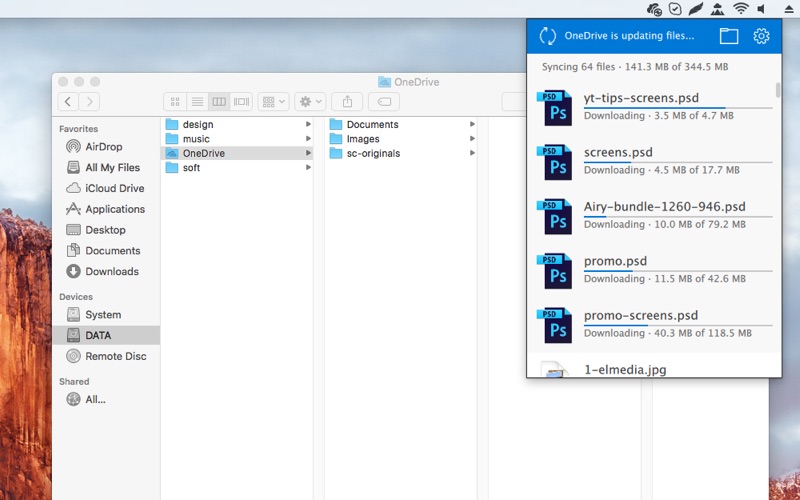
Some of this information can be incredibly detailed. Information about a File for ApplicationsĪnother category of information is human-readable, but really intended for your applications to use. But if this permissions information changes, users could lose access to files, or files could be opened by users that shouldn’t have access. When permissions on files are set correctly, you rarely need to think about them as a user.
#Exiftool mac verify install directory mac#
Other critical information about a file is the permissions, or privilege levels, extended to users on that computer: An example of permissions settings on a file in Mac OS.įor example, files on UNIX-like systems, like Linux and macOS X, are marked with the name of the user account that created them (the ‘owner’), the computer account group they belong to, and the permissions for the owner and other users to open and view that file, or make changes to it. An example of basic file information on macOS and Windows. Or a flag might be set on a file you’ve downloaded from the internet or mail attachment warning your OS that it may not be safe to use. Your files might carry notes for the operating system that they should be opened with a specific application. Information about a File for ComputersĪ less well-known example of file metadata is meant to make working with files easier or safer for your operating system. This simple metadata alone makes searching across an entire hard drive of files and folders as easy as typing a part of the name into the finder or search bar, sorting the results by date, then singling out the file you want by the proper thumbnail or filename. The most obvious kind of metadata is a file’s name, extension, icon, and the timestamp of the its creation date. This information is embedded in or associated with the file, and helps make it easier for you, your applications, and your computer to actually use those files. So it’s not the actual document or photo itself, it’s information about it-like the file’s name, thumbnail image, or creation date. At the end of the post, you will find a list of several tools for Macs, PC’s, and command line to test out and add to your own ‘metadata toolbox.’ What is file metadata?Ī great way to think of file metadata is as extra information about a file, carried along with that file, that makes it easier to use and find. You can follow along as we walk through several examples, then tackle some real world file mysteries with the power of metadata.
#Exiftool mac verify install directory how to#
And because moving files into and out of computer backup and cloud storage services can affect metadata, we thought we’d take a high-level look at how this information works in common file types to help you understand how to optimize its use in your own file management. It’s something we work with at Backblaze every day.

Whenever you move a file-through email, into or out of a sync or cloud storage service, or to another device-you’re likely altering its metadata. “It” is “metadata” and it’s something everyone works with, even if they don’t know it.

But anyone else can access the same data and enter it directly into Google Maps to discover exactly where that picture was taken! Not quite as useful.īut if you know what this hidden information is-and how to use it-it can be incredibly helpful in diagnosing problems with files, organizing or protecting data, and even removing information you don’t want revealed! If you don’t, it can be a huge annoyance, and potentially even dangerous. For example, the image in the header reveals latitude and longitude details in an iPhone photo that you could use to organize the photo and find others taken in the same place.

:max_bytes(150000):strip_icc()/StandardUser-5abeaa4ac5542e00375110d9.jpg)
The files you use every day on your Mac or PC, whether at home or at work, carry around a slew of hidden data that can be incredibly useful to you… or problematically revealing to others.


 0 kommentar(er)
0 kommentar(er)
